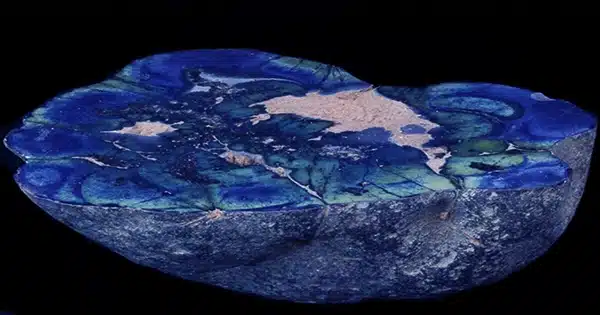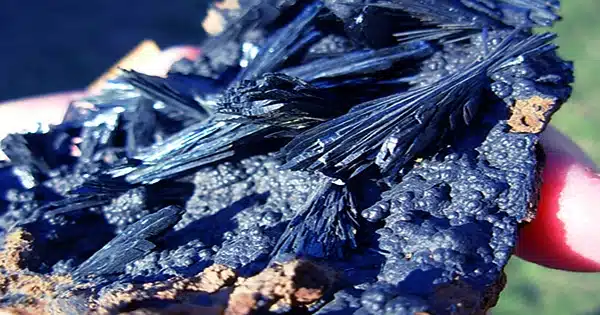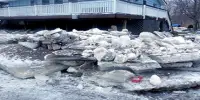Fantasy fans are surely familiar with the concept of special stones or crystals that have developed on old dead bodies and possess some type of mystical ability, but did you realize there are real necro crystals in the world?
What is Vivianite?
Vivianite (Fe3(PO4)2(H2O)8), an uncommon phosphate mineral, has been discovered growing on organic materials such as fossil shells, animal waste deposits, and even rotting carcasses.
The crystal, recognized for its stunning and vibrantly colored structures, forms in iron-rich sedimentary deposits including bones, rotting wood, and other organic remnants, particularly in clay and sandstone. They’re also found in hydrothermal replacement deposits and phosphate-rich granite pegmatites, which are igneous rocks with a coarse texture and interlocking crystals.

The crystal is highly fragile and, when freshly produced, is frequently pale white or transparent; however, when exposed to light, its color changes. This is due to oxidation, which continues to darken the crystal from blue to darker green and purple, and eventually to a thick purplish black.
Why does vivianite form on the bodies of the dead?
The interaction of iron, water, and phosphate is crucial here. Our bodies contain a lot of phosphate, particularly in our teeth and bones, which is released into the environment as we decompose. In rare cases, where there is water and iron in the surrounding environment, the phosphate might react and form the mineral vivianite.
Most of the time, vivianite has been found on bodies that have been buried for millennia, where it has developed on the bones and teeth. There are considerably older cases of it being found on mammoth tusks and other animals’ bones that are several thousands of years old, but there are a few occasions when it has been recognized on more recent human bodies.
Archaeologists uncovered three remains in Lake Walchen, Germany, in the 1960s that were partially skeletonized and also covered in fat wax, or Adipocere – a decomposition process that transforms body fat into a soap-like substance. One of the bodies was attached to an iron plate that had formed vivianite between it and the fat wax. An examination of the body’s clothing revealed that it had most likely been submerged for 30 to 50 years and that the crystals could have formed in such a short time because the iron plate had released enough iron II ions as it corroded, allowing the vivianite to grow on the phosphate-rich parts of the body.
Another team of researchers identified vivianite on the remains of a US serviceman who had been missing in action in Vietnam since 1963 after his B-26B bomber went missing. The researchers deduced from the mineral that the body was most likely buried in wet soil alongside sections of the plane, allowing the vivianite to grow.
Vivianite has also been detected on the body of “tzi,” the 5,300-year-old iceman discovered by a German tourist in the Tirolean Alps in 1991. It is thought that the crystal developed on the body when it came into touch with iron-containing minerals.
Similarly, another vivianite-encrusted adipocere body was discovered in 1996 in a bay of Lake Brienz in Switzerland, assumed to belong to a man who drowned there in the 1700s.
Vivianite was called after John Henry Vivian, an English mineralogist who found it in Cornwall, England, in 1817.















